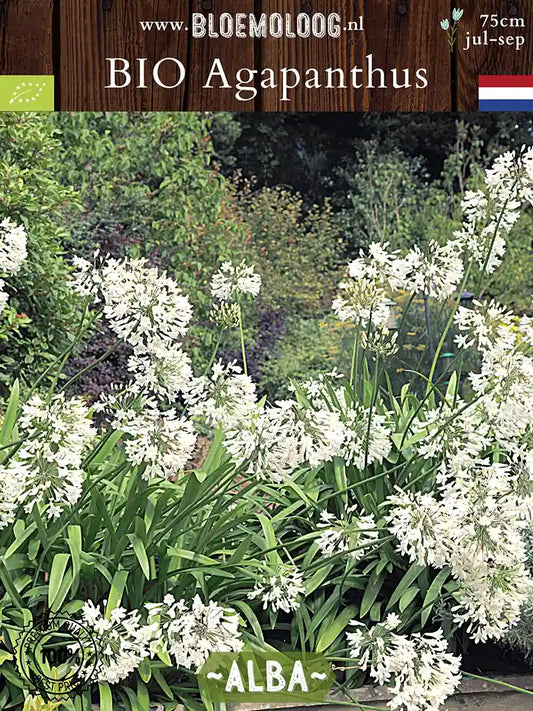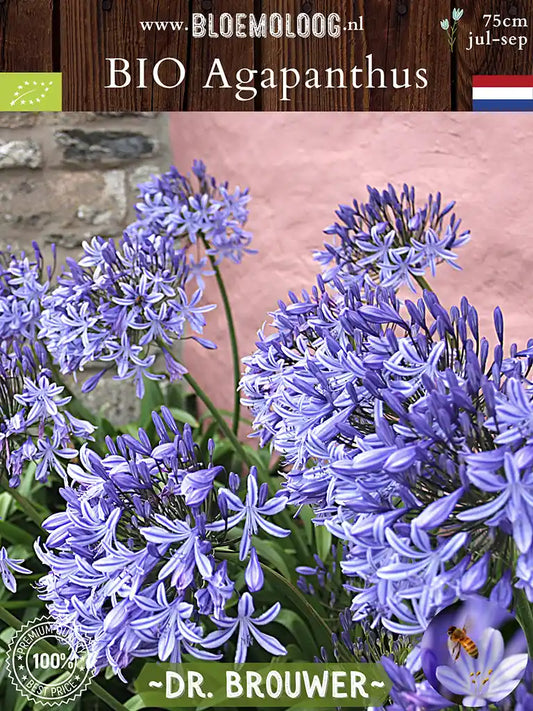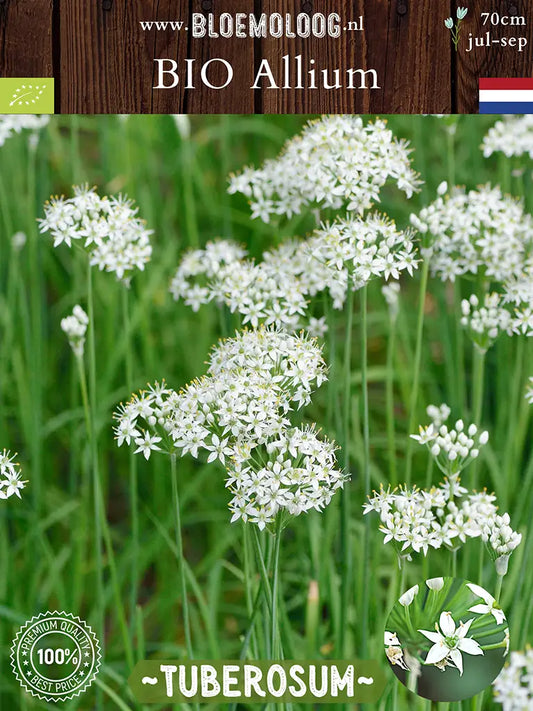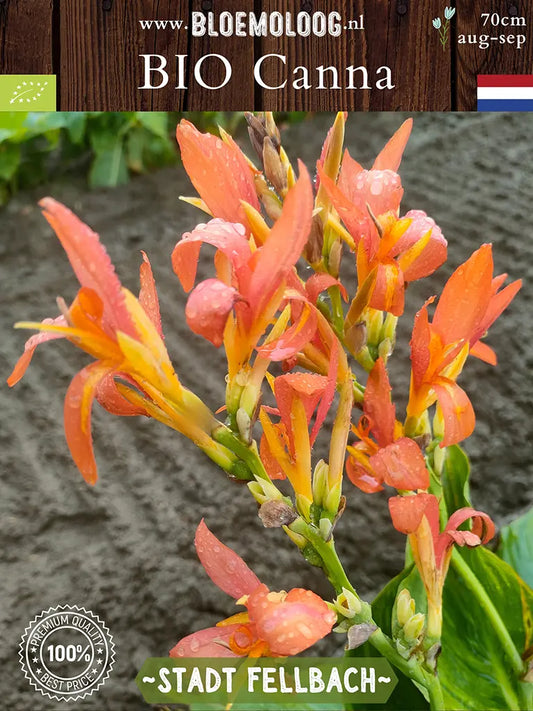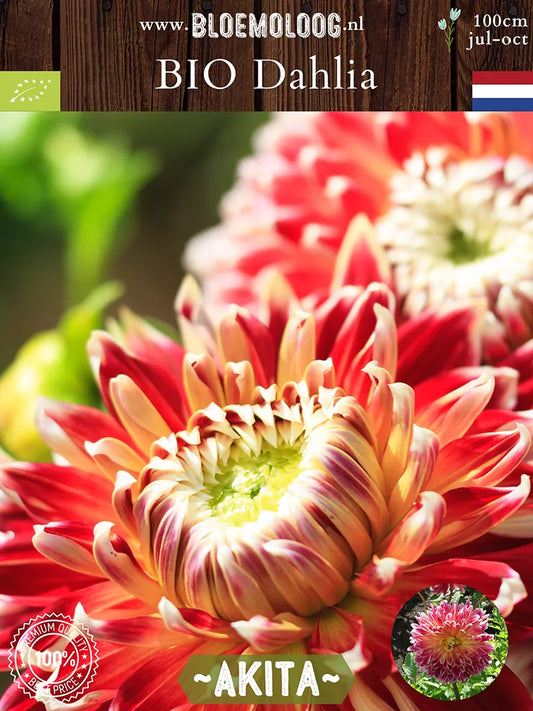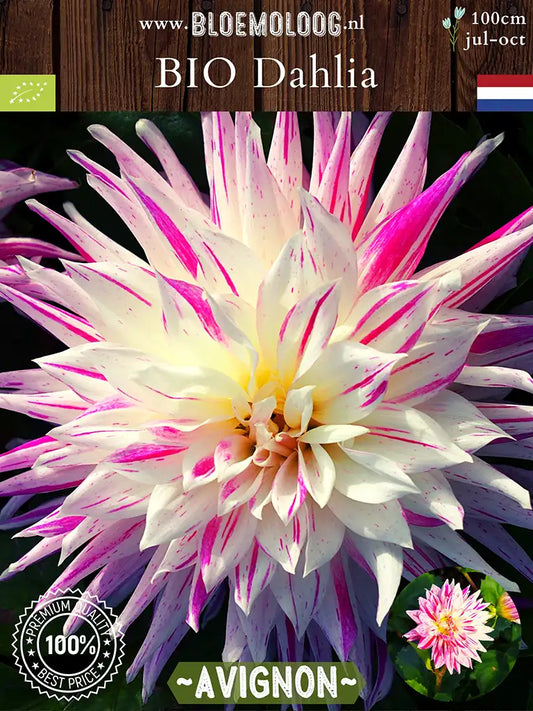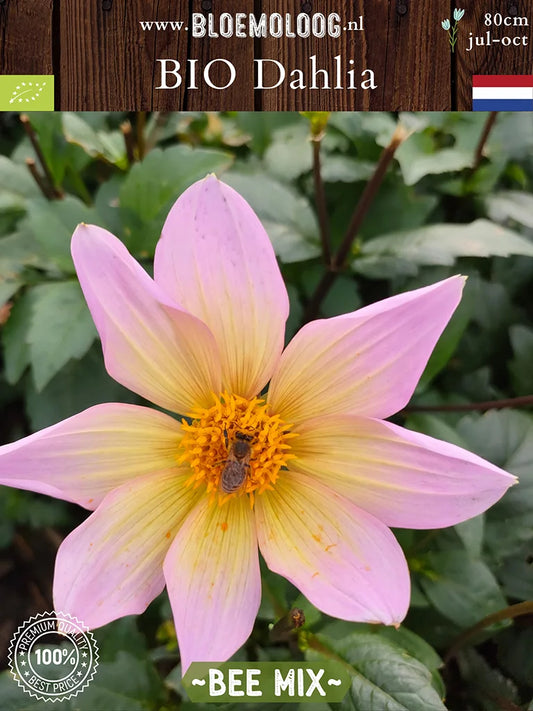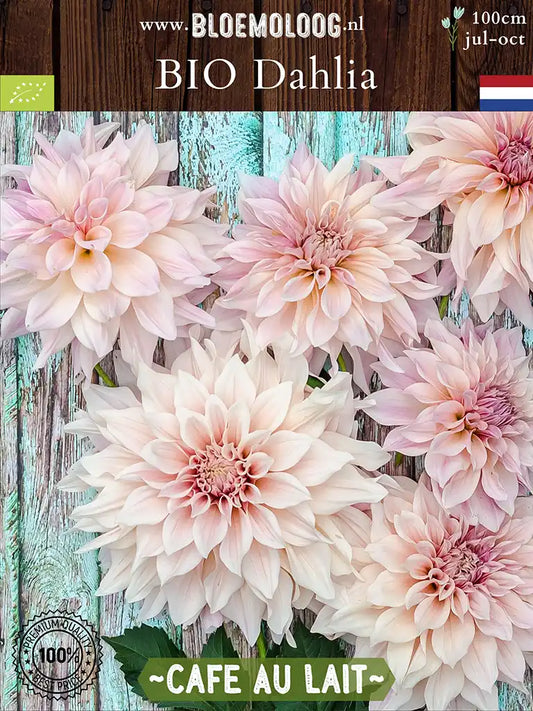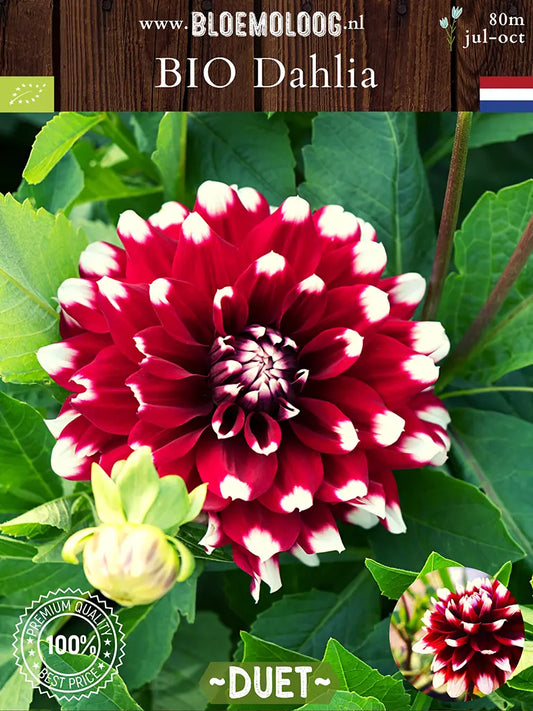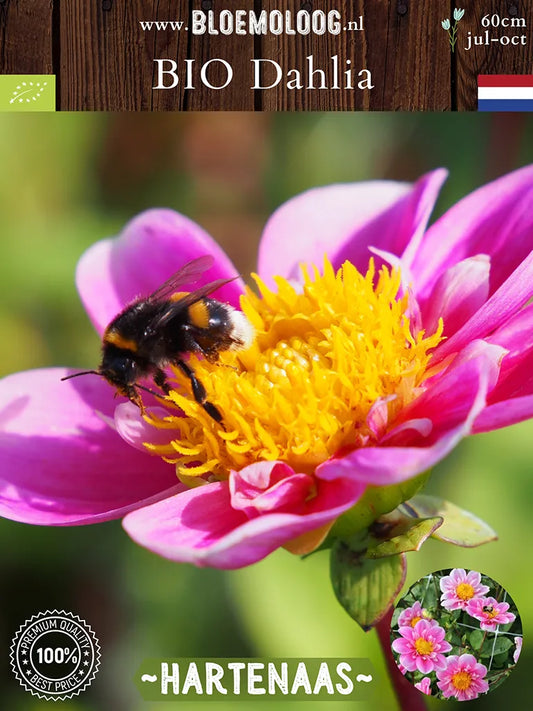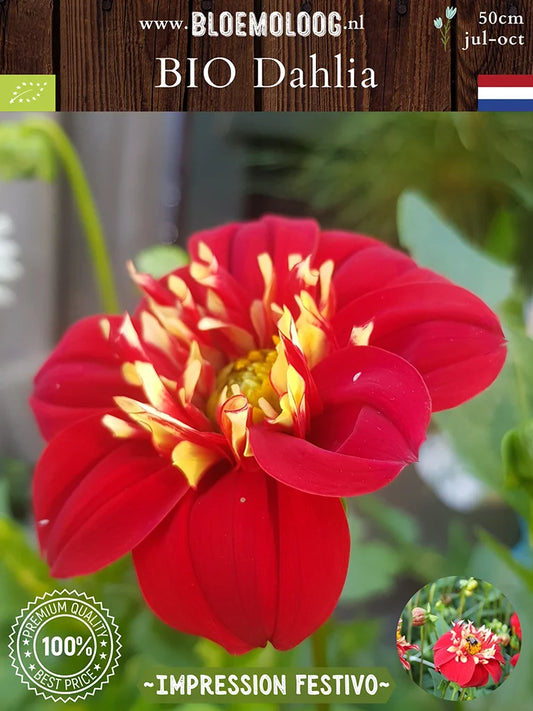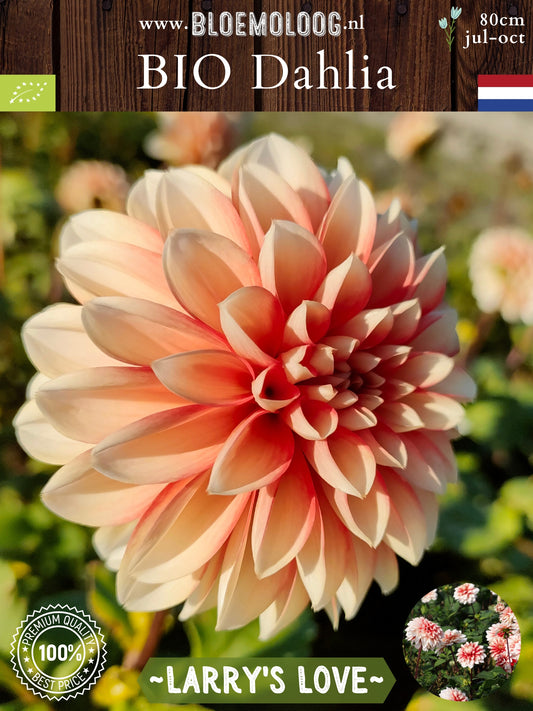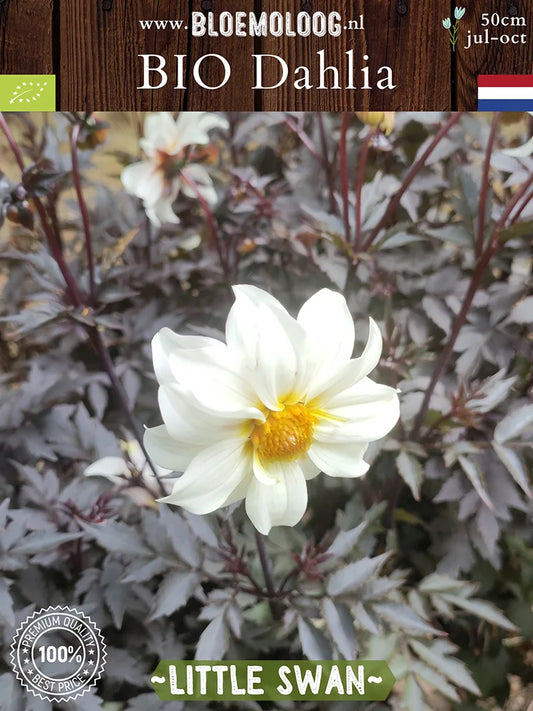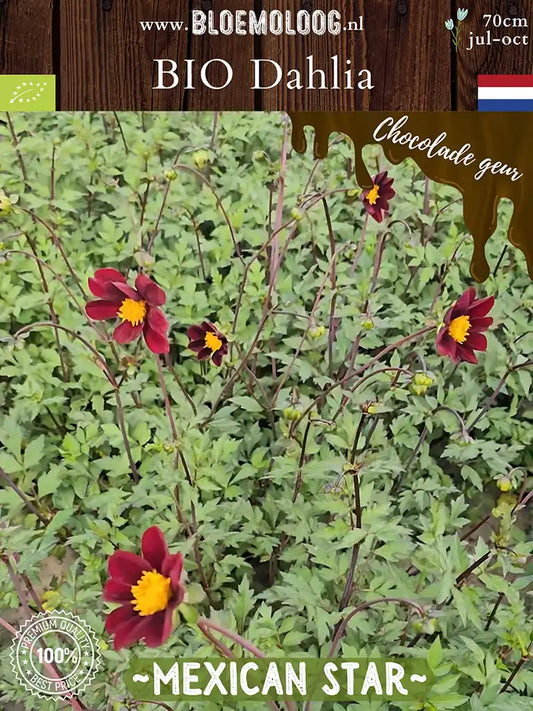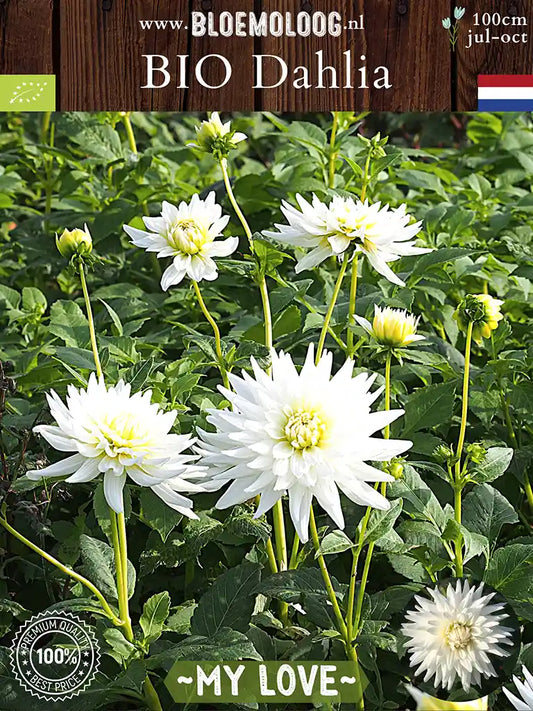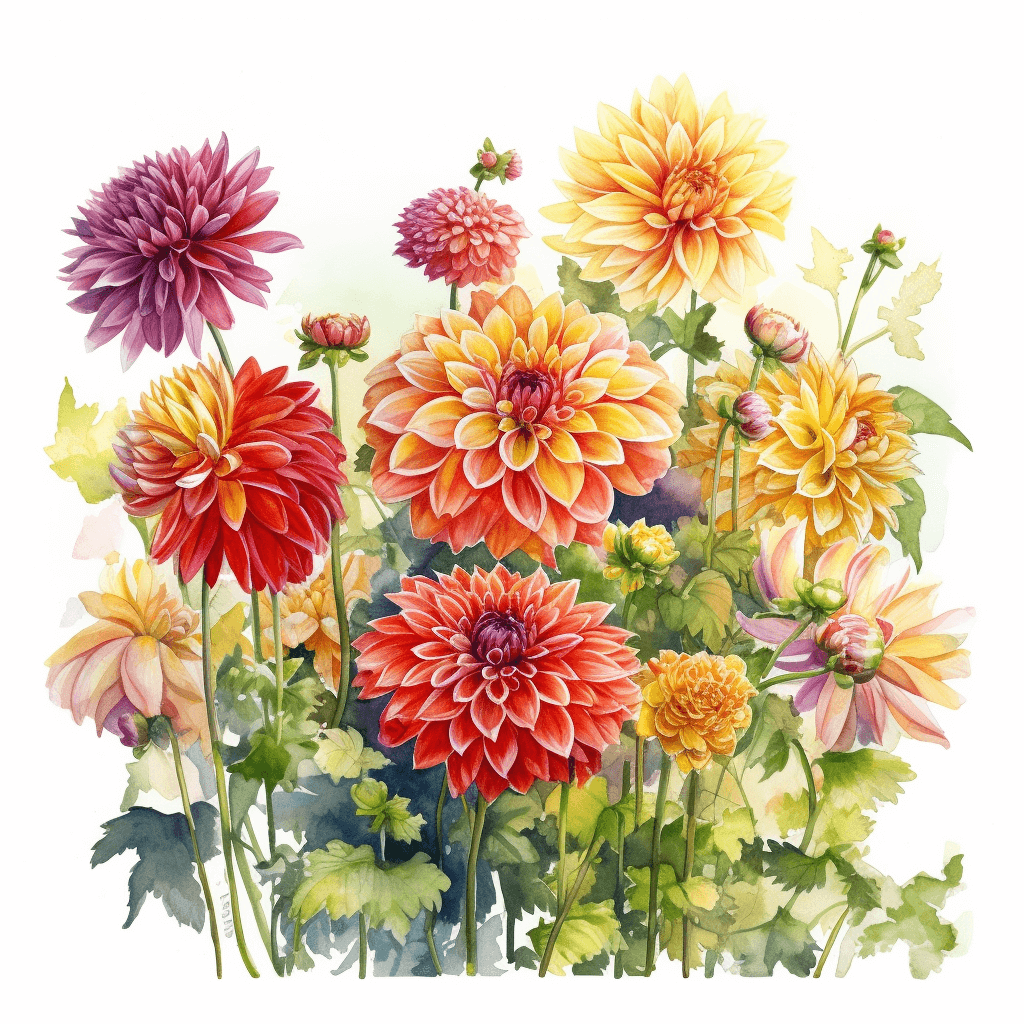
Collection: Summer flowering bulbs
In the summer flowering bulb collection you will find organically grown bulbous and tuber plants and rhizomes that bloom in the summer and even continue to bloom into the fall and are planted from spring to summer. You can root organic dahlia tubers and peony here, among other things and buy lucky clover bulbs, which come from 5 different organic growers from North Holland and Flevoland.
Buy summer bloomers
You can order summer bloomers from January to June from the Bloemoloog. Enjoy home delivery with EU Shipping for €8,95 and Free Shipping from €100 purchase.
Presale - Delivery from March
-
Organic Agapanthus africanus 'white' - White African lily
Regular price €7,95Regular priceUnit price / per -
Organic Agapanthus africanus 'Dr. Brouwer' - African lily
Regular price €4,95Regular priceUnit price / per -
Organic Agapanthus africanus 'mix' - Blue & white African lily | 2 pcs.
Regular price €12,50Regular priceUnit price €6,25 / per item -
Organic Allium 'Tuberosum' - Garlic Chives
Regular price €3,50Regular priceUnit price / per -
Organic Asparagus 'Vegalim' (green asparagus)
Regular price €2,99Regular priceUnit price / per -
Organic Asparagus 'Vitalim' (white asparagus)
Regular price €2,99Regular priceUnit price / per -
Organic Canna indica 'Red Dazzler'
Regular price €5,95Regular priceUnit price / per -
Organic Canna indica 'Salmon Pink'
Regular price €5,95Regular priceUnit price / per -
Organic Canna indica 'Stadt Fellbach' - Indian Shot
Regular price €5,95Regular priceUnit price / per -
Organic Cynara scolymus 'Green Globe' - Artichoke
Regular price €4,95Regular priceUnit price / per -
Organic Dahlia 'Akita'
Regular price €4,99Regular priceUnit price / per -
Organic Dahlia 'Arabian Night'
Regular price €4,50Regular priceUnit price / per -
Organic Dahlia 'Avignon'
Regular price €4,50Regular priceUnit price / per -
Organic Dahlia 'Bantling'
Regular price €4,99Regular priceUnit price / per -
Organic Dahlia 'Bee Mix' | 3 pcs.
Regular price €12,95Regular priceUnit price €4,32 / per item -
Organic Dahlia 'Bilbao'
Regular price €4,50Regular priceUnit price / per -
Organic Dahlia 'Bright Eyes'
Regular price €4,99Regular priceUnit price / per -
Organic Dahlia 'Buran'
Regular price €4,50Regular priceUnit price / per -
Organic Dahlia 'Cafe au Lait'
Regular price €4,99Regular priceUnit price / per -
Organic Dahlia 'Cornel Bronze'
Regular price €4,50Regular priceUnit price / per -
Organic Dahlia 'Duet'
Regular price €4,50Regular priceUnit price / per -
Organic Dahlia 'Eveline'
Regular price €4,50Regular priceUnit price / per -
Organic Dahlia 'Full of Nature'
Regular price €4,95Regular priceUnit price / per -
Organic Dahlia 'Golden Torch'
Regular price €4,50Regular priceUnit price / per -
Organic Dahlia 'Hartenaas'
Regular price €4,50Regular priceUnit price / per -
Organic Dahlia 'Impression Fantastico'
Regular price €4,50Regular priceUnit price / per -
Organic Dahlia 'Impression Festivo'
Regular price €4,50Regular priceUnit price / per -
Organic Dahlia 'Ismay'
Regular price €5,95Regular priceUnit price / per -
Organic Dahlia 'Jablou'
Regular price €5,95Regular priceUnit price / per -
Organic Dahlia 'Kiev'
Regular price €4,50Regular priceUnit price / per -
Organic Dahlia 'Larry's Love'
Regular price €4,50Regular priceUnit price / per -
Organic Dahlia 'Lavender Perfection'
Regular price €4,99Regular priceUnit price / per -
Organic Dahlia 'Le Baron'
Regular price €4,50Regular priceUnit price / per -
Organic Dahlia 'Little Swan'™ (dark-leaved)
Regular price €5,50Regular priceUnit price / per -
Organic Dahlia 'Mexican Star'
Regular price €5,50Regular priceUnit price / per -
Organic Dahlia 'My Love'
Regular price €4,50Regular priceUnit price / per
-
Organic summer bulbs
Summer flowering bulbs and tubers are a promising and colourful addition to gardens, bringing them to life during the warmer months. Here you will find a wide range of flowers and plants that are planted in spring and produce beautiful flowers throughout the summer and autumn.
Planting summer bloomers
Planting summer flowering bulbs and tubers usually requires some preparation in the spring. They thrive in well-drained soil and generally require full sun or light shade.
Pre-growing flower bulbs
You can also choose to grow the frost-sensitive summer bloomers indoors from March, which is called pre-growth. The plant then has a head start and will flower earlier. You then place the pot in a light place in your room and keep the soil slightly moist. As soon as the night frost has gone, the pot can be placed outside or the flower bulb or tuber can be removed and replanted in the open ground. In that case, first keep the pot in a bucket of water for half a day and then plant the tuber in the open ground.
Caring for summer bloomers
Regular watering and removing faded flowers can prolong flowering. All summer flowering plants we offer can be cut back to the ground in the fall. For further instructions, we recommend reading the respective product descriptions for correct wintering.
For organic potting soil, plant food and other soil improvers we recommend Bio Kultura !
Summer buzzers
The entire range of the Bloemoloog is organically grown. This means you don't have to worry about whether it contains harmful substances for beneficial insects such as bees and other summer buzzers.
-
What summer bloomers are there and how do you choose the right one?
There are many different types of summer bloomers, including annuals and perennials, also known as perennials. Annual summer bloomers bloom for only one season, while perennials grow and flower for several years. Some need to be dug up before the cold winter, while others, with proper care, can remain in the same spot for years.
When choosing summer bloomers, it is important to consider the specific needs of the plants, such as water requirements, soil type and care.
Below we discuss some popular summer bloomers and provide information on which location is best for them.Non-hardy perennial summer bloomers
Dahlia: Dahlias are a popular choice for summer bloomers and come in many different colors. They thrive in full sun.
Gladioli: Gladioli are perennial, but not winter-hardy. They grow best in full sun.Winter-hardy perennial summer bloomers
Kniphofia: Kniphofia, also known as firecracker, loves plenty of sunlight. Place the plant in a location where it gets at least 6 to 8 hours of direct sunlight per day. A sunny spot ensures the plant grows and blooms well.
Lily: Lilies are perennial summer bloomers that are often planted. These plants thrive in full sun and partial shade.
Peony: Peonies are well-known summer perennials. They thrive in the sun, but for longer blooms, we recommend a semi-shaded spot.


